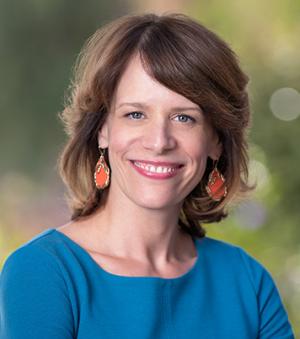Social Desirability Bias and Jury Selection

In 1982, Tom Bradley, the sitting Mayor of the City of Los Angeles, ran for Governor of California. Bradley was a Black man and his opponent was a White man named George Deukmejian. Bradley was widely expected to win the race—in polls leading up to the election, Bradley had a clear lead, and numerous media outlets projected that Bradley would be the winner. On election night, however, he lost. Some disagreed, but many people felt that the inaccurate polls were skewed—at least in part—by social desirability bias. This bias, widely discussed in the social science literature, causes people to present a version of themselves to others that comports with social expectations. We want people to think well of us, so we present an image of ourselves to others that is most likely to create a good impression.
In the 1982 California Governor’s race—in what became widely known as the “Bradley effect” —this bias probably caused some White voters to give inaccurate responses to pollsters out of a fear that if they stated their true preference, they might be perceived as someone unwilling to vote for a Black candidate. In the privacy of the polling booth, however, they voted the other way.
Prof. Sara Gordon recently gave a talk to the Howard D. McKibben American Inn of Court where she discussed the social desirability bias as it applies to jury selection. Although this bias is present in all of our social interactions, it can be especially pronounced during voir dire, as the questions posed to potential jurors tend to address potentially sensitive or controversial topics, and because potential jurors may be especially likely to give socially desirable answers in open court and in response to questions from perceived authority figures like judges and lawyers. Compounding this problem is the fact that people tend to be unaware of their own biases, so jurors may give answers during voir dire that they consider to be truthful, but instead hide deeper beliefs and attitudes that may be harmful to a lawyer’s case.
Prof. Gordon discussed some strategies to minimize the impact of the social desirability bias during jury selection, including the use of written questionnaires (answering questions privately may lessen the effect of the bias), and by talking explicitly with jurors about bias and its impact on all decision makers (potential jurors who understand how bias works may be less influenced by the bias, or at least more likely to give honest answers to questions during voir dire). Although these techniques cannot eliminate the social desirability bias, they may encourage potential jurors to be more forthright and allow attorneys to make more informed choices during jury selection.